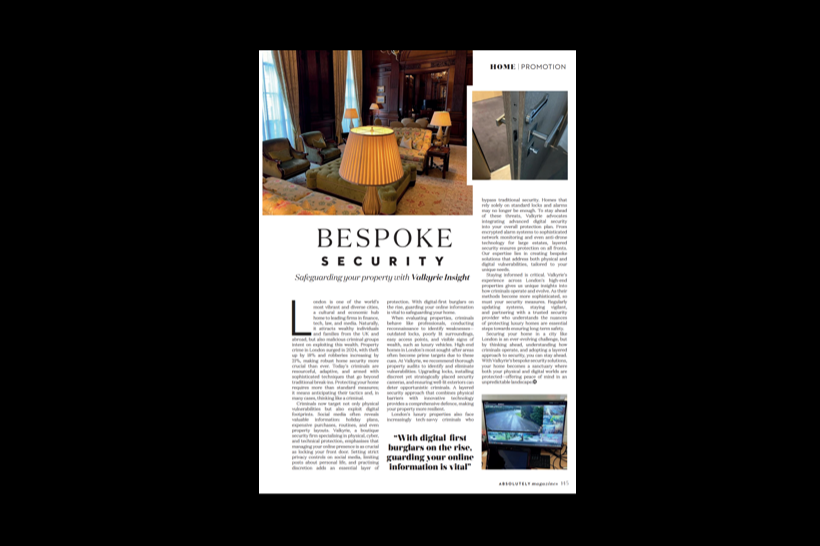Belgravia was known as the ‘Five Fields’ during the Tudor Period and became a dangerous place due to highwaymen and robberies. It was developed in the early 19th century by Richard Grosvenor, 2nd Marquess of Westminster under the direction of Thomas Cubitt, focusing on numerous grand terraces centred on Belgrave Square and Eaton Square. Much of Belgravia, known as the Grosvenor Estate, is still owned by a family property company, the Duke of Westminster’s Grosvenor Group. The area takes its name from the village of Belgrave, Cheshire, two miles (3 km) from the Grosvenor family’s main country seat of Eaton Hall. One of the Duke of Westminster’s subsidiary titles is Viscount Belgrave.
During the Middle Ages, the area was known as the Five Fields and was a series of fields used for grazing, intersected by footpaths. The Westbourne was crossed by Bloody Bridge, so called because it was frequented by robbers and highwaymen, and it was unsafe to cross the fields at night. In 1728, a man’s body was discovered by the bridge with half his face and five fingers removed. In 1749, a muffin man was robbed and left blind. Five Fields’ distance from London also made it a popular spot for duelling.
Despite its reputation for crime and violence, Five Fields was a pleasant area during the daytime, and various market gardens were established. The area began to be built up after George III moved to Buckingham House and constructed a row of houses on what is now Grosvenor Place. In the 1820s, Richard Grosvenor, 2nd Marquess of Westminster asked Thomas Cubitt to design an estate. Most of Belgravia was constructed over the next 30 years; it attempted to rival Mayfair in its prestige.
Here at Valkyrie, we enjoy being part of this history and are happy to have our offices in an iconic part of London. When you’re next passing, come in for a coffee and a chat.













